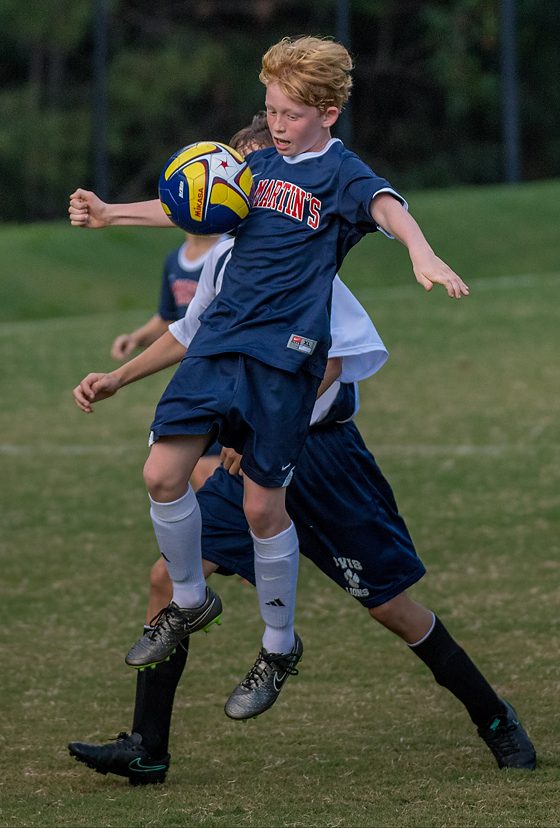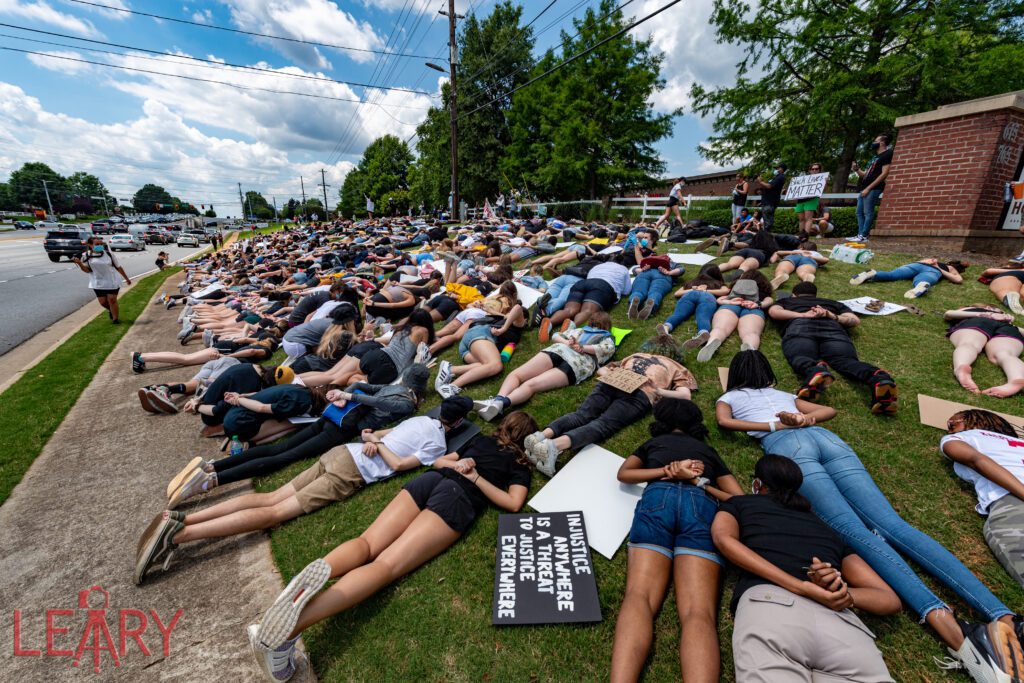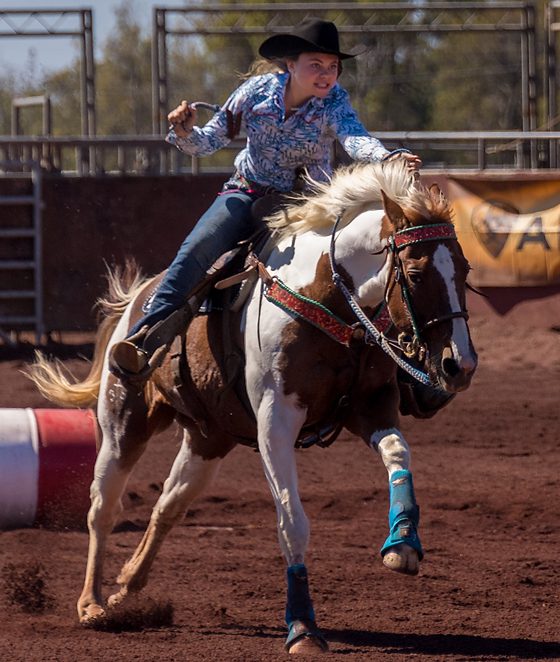| Nikon D5, Nikon 28-300mm f/3.5-5.6G ED VR, ISO 1100, ƒ/5.6, 1/4000 |
Many things go into the making of a photograph. However, only one will indeed be the key to a great picture.
Exposure Triangle
The exposure triangle is a common way of associating the three variables that determine the exposure of a photograph: aperture, shutter speed, and ISO. One must balance all three of these to achieve the desired result, an adjustment of one requiring adjustments of at least one of the others.
If you execute this flawlessly, you still can have a photo that lacks any connection with the audience.
Principles of Composition
In photography, the composition is the arrangement of parts of a scene to form a particular visual outcome. Design can also be about picking a viewpoint to create a pleasing visual effect. In practical terms, the photographer uses both “arrangement” and “choice of viewpoint.”
In general, composition aims to direct the viewer to see the point of the photograph. The “point” may be an aesthetically pleasing scene or something containing a more complex story. Even a visually disturbing or discordant outcome is the result of efforts in composition.
The finer points of a particular composition rely on a range of “photographic elements” and the “principles of photographic art” for using them.
When you execute the composition and Exposure Triangle rules together, your photos will look even better but still fall short of connecting with the audience without one more thing.
Previsualization
The greatest proponent of previsualization was Ansel Adams, and it was he who perhaps summed it up best with a single sentence, “You don’t take a photograph; you make it.” Great photographs require you to work out everything that goes into making that photograph before you take it. So how do we mere mortals go about previsualizing our shots?
The first book Ansel Adams wrote started chapter one by explaining this concept to people.
While my work cannot stand up to Ansel’s, I still believe there is a better way to describe this process of previsualization by asking a simple question.
WHY take the photo?
For example, Ansel Adams assumed no one could look at Half Dome and not be moved. Half Dome is a granite dome at the eastern end of Yosemite Valley in Yosemite National Park, California.
When you ask yourself, “Why am I taking this photo” you will get to the core of the element that will help you connect with your audience. This is the #1 Key to Great Photograph.
I love the two words “so that” in the Bible.
“So that” is used as a subordinate clause to show purpose or to give an explanation. It indicates an action producing an intended result or a cause having an effect. In Sentence 1, “so that” in Sentence 2, the first sentence is the action/cause, and the second is the intended result/effect. In the format “So that” Sentence 1, Sentence 2, the first subject-verb clause is the intended result/effect, and the second is the action/cause.
I push my shutter on the camera to inform, imagine, influence, meet social expectations, and express feelings.

Show & Tell
I believe that photos alone cannot tell a story. I think, at best, they can capture a slice or a moment. People need words to help understand what is going on in the photograph.
We learned this concept in Kindergarten when we had a “Show & Tell” day at school. The objects your classmates brought into school needed them to tell us why they got them to school. Without their words, we didn’t understand.
Now the best part of “Show & Tell” was that the visuals gave us a great deal of information that the words alone couldn’t do as well and briefly did as the visual.
Here is the formula I think works well for photos that communicate:
Ask Why
|
Previsualize
|
Take Photo
|
Add Words
Ask yourself why I want to take this photograph. For example, how is the situation affecting me, and what do I want the audience to understand that I am experiencing?
Once you know the answer to WHY you must use all your photographic skills to best capture this moment, this “previsualization” is understanding how the best shutter speed, aperture, ISO, composition, and lighting, all controlled by me, can be used to capture what I want to communicate.
I then execute the previsualization and make the photo.
Last we know that the photo by itself will make the audience ask a question. What is going on here? They will need more information to be sure the message is not left up for interpretation. You will then need to marry the photograph with words to complete the communication process.
Example

I think this is a compelling photo, but I want to know more. Now compare this same photo to one using it with words:

Together with the words, the picture completes the communication process.
Now I am not saying put words on photos always. Captions under photos work just as well.
Use the caption to tell the reader something new. When readers look at the photo, they’re usually confronted with some form of emotion and information (based on what they see in the picture). The caption, in turn, should provide the reader with a piece of information they were unaware of from simply looking at the photo. In short, the caption should teach the reader something about the image.
Now go forth and make photos!


